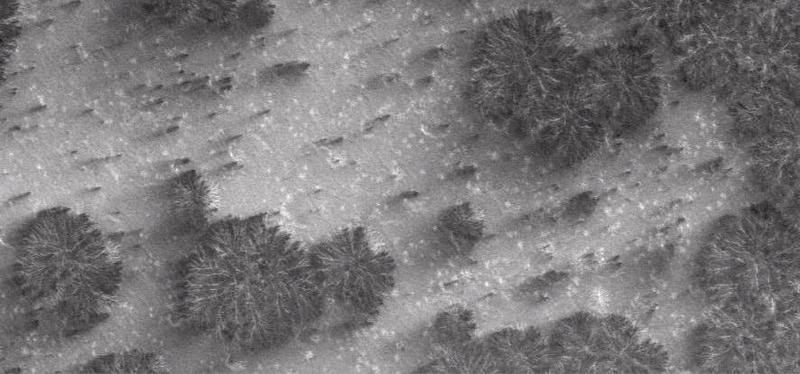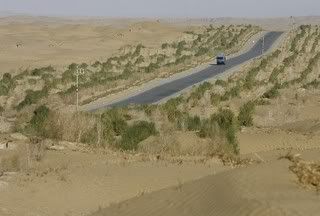Martian Asparagus
Soil on Mars 'good for asparagus'
"NASA scientists say the soil they have collected from the northern polar regions of the red planet would be good for growing asparagus and turnips, but probably not strawberries."
So at some point in the not too distant future NASA (Never A Straight Answer) will tell us in no doubt a trembling, excited tone that they think, after months of raging scientific debate, that they believe some bacteria has been found in Martian soil. It'll probably be several missions from now as they really don't want to jump the gun and threaten all their lucrative funding. It's sort of like how the warmongers will never say "Yup - that's all, time to leave." But will always intone that we've had some success yeah blah blah, but so much more needs to be done you understand and we've got to stay the course.
It'll be a good show with them all triumphant and beaming but you know, I think they already understand quite well that Mars is covered with life.
I've taken a look at whole bunches of photos of what appear to be some sort of living growth on the planet, and I'm no scientist but common sense tells me it ain't just rocks and shadows. So I'm going to post some photos culled from the JPL data dump from several years ago, please pardon me because I don't have links to each picture and I don't have a record of what spot on the surface they show, but I think certain things can be intuited about all this asparagus.
There are numerous areas where there's this clumpy growth that seems to radiate outward from a central root. If I'm not mistaken this represents about 1/4 to 1/3 mile of terrain.
1. It's wrong to call this plant material, because we don't know the hell it is, but it exhibits plant morphology to me so that's how I'll term it. 2. The outer edges appear more bushy and darker which means it probably does grow by spreading out, with woodier stalks toward the center. Much like a bristlecone pine in the mountains which only has small parts growing year to year. Some clumps appear to have died and are still evident but are much lighter, consistent with flora in deserts on earth.
3. The keys to this vegetation in a harsh environmentwould be warmth, light and moisture so it would probably be dark to absorb more heat, big and thick to retain what moisture and warmth it can collect and somewhat low growing to be protected in a more friendly micro climate nearer the surface. It's probably like a very slow growing, hard shelled succulent that slowly branches outward. 4. There seems to be some sort of biological process that sheds some material as evidenced by the detritus shadow to the left, probably downwind. The windward edges are where they look to have withered and died, which would be consistent with vegetation in a cold, sandblasted desert environment. I've seen other shots of thick carpets of this stuff, like a jungle, I picked this one because it shows individual characteristics.
These guys clearly seem plantlike in their distribution, very much like on earth. They seem to prefer what looks like softer, sandier ground and avoid the rougher, probably boulder strewn and drier areas. While some appear to have colonized the ridge lines the vast majority and the bigger ones look to have nestled into pockets of what for all intent and purpose would be runoff areas on earth. You know, like shrubs along a nevada highway taking advantage of rain coming off the asphalt.
mexican highway
Another interesting feature is that just like plants on earth, this stuff seems to grow approximately equidistant according to size therefore never outstripping the available resources for the individual growth or they'd die, unlike that other vegetation at the top which seems to thrive in crowded conditions.









0 Comments:
Post a Comment
<< Home